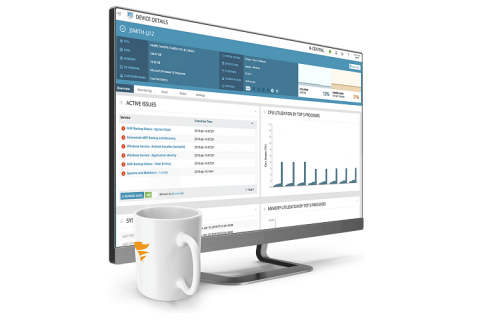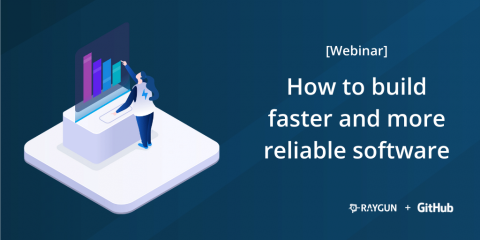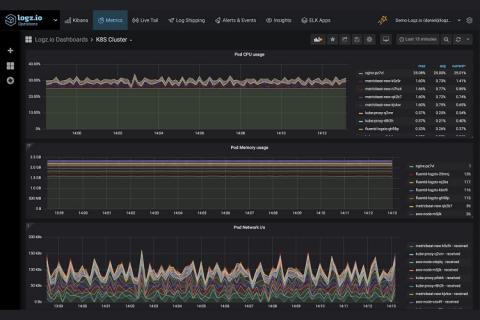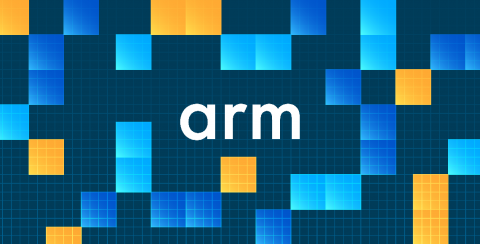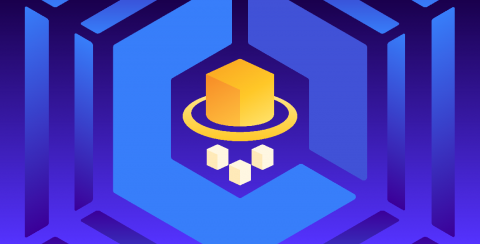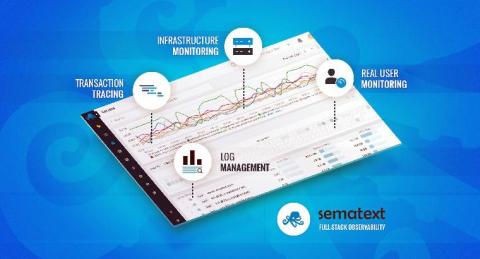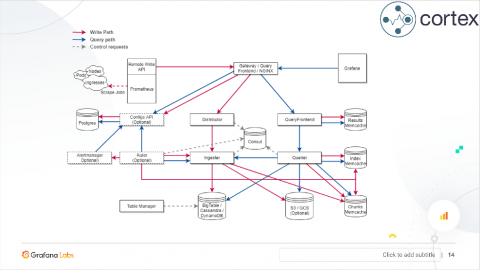Operations | Monitoring | ITSM | DevOps | Cloud
Latest News
Speed AND Reliability: How to move fast and fix things [Webinar]
Logz.io Unveils First-Ever Open Source-Based Cloud Observability Platform Powered by ELK and Grafana
Monitor your Arm VMs with Datadog
Acorn RISC Machine (Arm) processors were first released in 1985 to support low-power, low-cost computing. Because of their ability to deliver cost-effective performance, the next big use for Arm-based devices is in the cloud. AWS recently added a range of Arm-based EC2 instance types and is developing additional support (e.g., in Elastic Kubernetes Service). Meanwhile, Arm and Docker are working on tighter integration.
Monitor Amazon EKS on AWS Fargate with Datadog
AWS Fargate has steadily gained traction in Amazon Elastic Container Service (ECS) environments because it allows users to run containerized applications without thinking about their underlying infrastructure. Today, AWS announced that support for Amazon Elastic Kubernetes Service (EKS) on AWS Fargate is now generally available, giving Amazon EKS users the option to seamlessly manage their infrastructure with AWS Fargate instead of manually provisioning EC2 worker nodes.
Monitor AWS Lambda Provisioned Concurrency metrics with Datadog
Serverless computing continues to be a growing trend, with AWS Lambda as a main driver of adoption. Today, AWS released Provisioned Concurrency, a new feature that makes AWS Lambda more resilient to cold starts during bursts of network traffic. If you’re running a consumer-facing application, slow page loads and request timeouts can degrade the user experience and lead to significant revenue loss.
A complete guide to getting started with the Node debugger
Diagnosing and finding the root cause of issues is a crucial skill in software development. Software engineers spend the majority of their time reading and understanding existing code. Because of this, knowing how to debug your applications with proficiency will save you time and make you more effective.
Elastic Stack Features (formerly X-Pack) Alternatives: Free, Open Source, Commercial and Cloud Services Comparison
Elastic Stack Features (formerly X-Pack) is an Elastic Stack extension that bundles security, alerting, monitoring, reporting, and graph capabilities. One could use either all or specific components. People love Splunk. But not its price. So people are always on a lookout for a good Splunk alternative. Many of those people migrated from Splunk to ELK Stack or Hosted ELK Stack solutions like Logsene.
[KubeCon Recap] Cloud Native Architecture: Monoliths or Microservices?
Microservices have been gaining popularity since they were introduced in 2015. But they come with challenges for both developers and users because of the intricate configuration and deployment which often leave developers longing for the simplicity of monolithic applications.
Unleashing a Better Open Source: Introducing Logz.io Cloud Observability Platform
Today, I am proud to announce the release of Logz.io Infrastructure Monitoring, a Grafana-based monitoring solution that enables engineers to speed up detection and reduce time to resolution. This new offering extends our Log Management and Cloud Security (Cloud SIEM) products, which together form Logz.io’s new Cloud Observability Platform.


